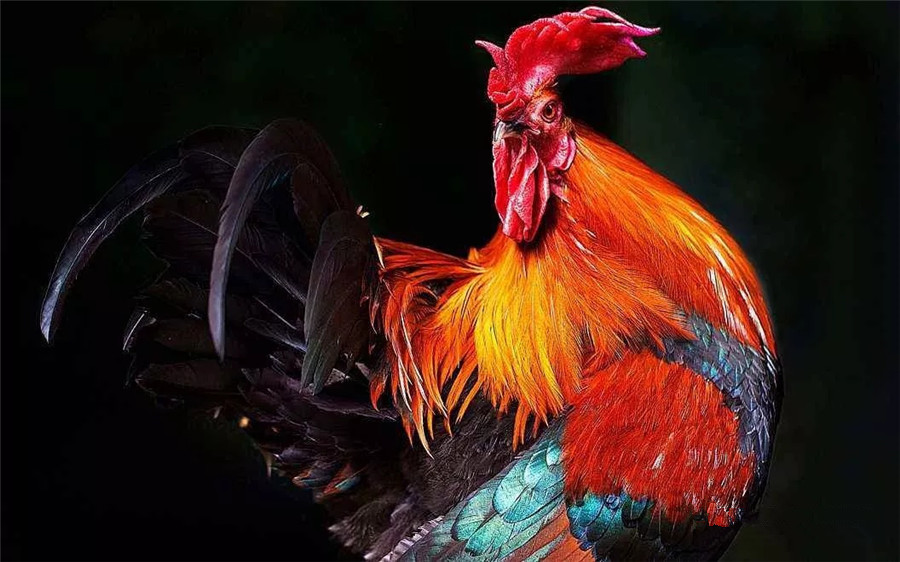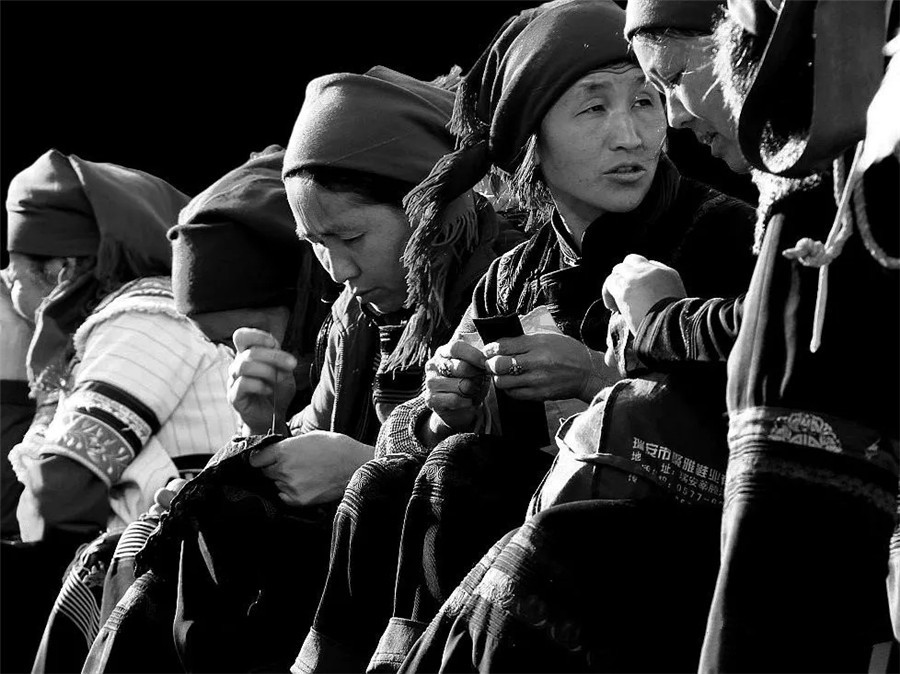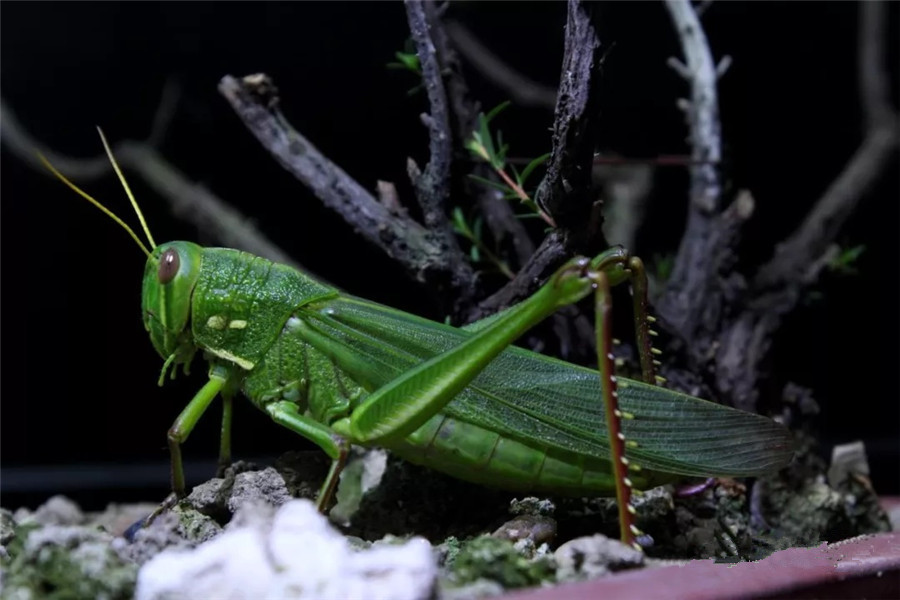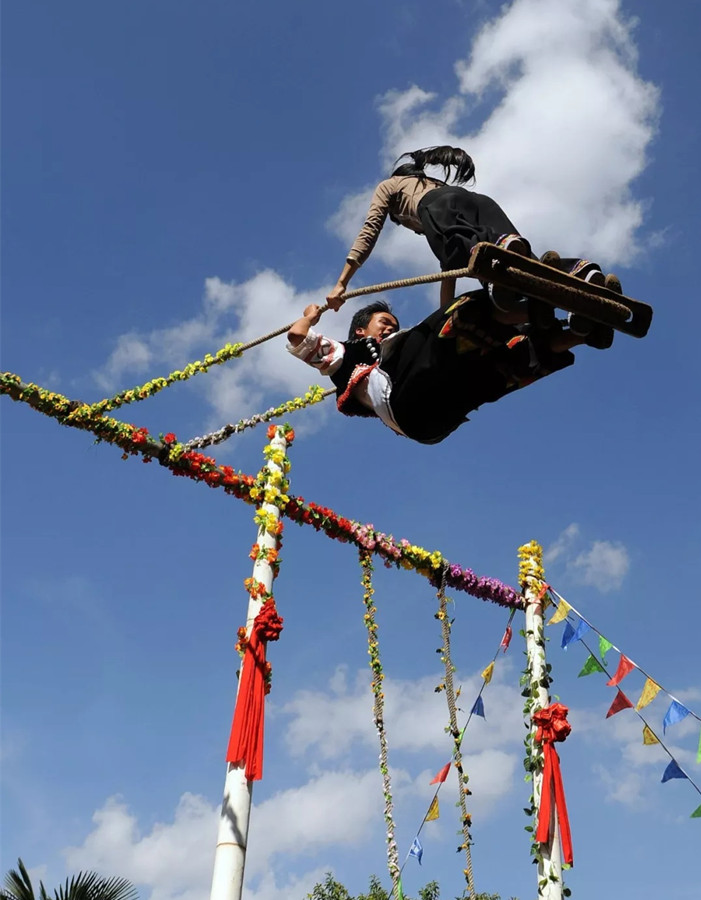Kuzhazha Festival of Hani Ethnic Minority in Jinping County, Honghe
Festival Introduction
Chinese Name: 金平县哈尼族苦扎扎节
English Name: Kuzhazha Festival of Hani Ethnic Minority in Jinping County, Honghe
Location: Jinping County, Honghe
The Ku Zhazha Festival, also known as the June Festival, is held in the middle of the sixth lunar month each year. It is a grand traditional festival for the Hani people of Honghe, celebrated with as much enthusiasm and grandeur as the Chinese Spring Festival. During this time, Hani villages are filled with excitement and warmth. People wear colorful festive clothing and gather in groups at the磨秋场 (milling ground) to play games and enjoy themselves, celebrating the festival.
“Ku Zhazha” means welcoming “E Zhu” (a deity) to visit the Hani people, driving away harm and evil spirits, and praying for E Zhu’s blessings for the safe and prosperous lives of the villagers as well as a good harvest.
The Hani people’s Ku Zhazha is a religious festival, with solemn sacrificial activities closely tied to the agricultural calendar. The festival events are scheduled around farming activities. The Ku Zhazha festivities mainly showcase Hani religious rituals and cultural customs related to entertainment and social interaction.
Festival Activities
Ku Zhazha is the June Festival for the Hani people. During this festival, every village swings on swings; additionally, there are activities like visiting other villages and dancing the drum dance. The Ku Zhazha lasts for 3 to 5 days, starting on the first monkey day of the fifth lunar month. This is usually just after the seedlings have been planted, when there is less agricultural work, making it a good opportunity to celebrate. The seedlings in the fields change from yellow to green, welcoming the coming season of weeding and wishing for the seedlings to grow strong and produce abundant grains, so that every household can enjoy a prosperous life.

The main activity of Ku Zhazha is swinging. On the first day of the festival, each village selects a tall, straight pine tree to serve as the milling pole. The milling pole must meet specific dimensions, with annual variations not exceeding 3 to 5 inches. The pole is cut down at night and carried back to the village before dawn. The next day, each family prepares offerings of two chickens and one duck to present to the milling pole, which is then erected, prepared for swinging, and a cowhide drum is placed on an earthen mound slightly elevated above the ground.
Milling refers to using hard chestnut wood planted in the ground, with the top end sharpened to form an axis. A long, thick horizontal pine beam is carved out in the middle section and balanced on top. During the milling, people sit or climb on both ends of the beam, taking turns pushing off the ground with their feet to make it rise and fall like a millstone, hence the name “milling.”


The spinning swing is more complex; two stout chestnut trees of about four meters in length are planted about three to four meters apart. The tops are carved into a groove, allowing a wooden horizontal beam to be placed inside it, with four X-shaped wooden pieces threaded through the center. A cable is tied at the top of each X shape. People sit in them, with each end accommodating one or two people, allowing a total of four to eight riders. Sitting outward, those with their feet on the ground can push off to start spinning, gradually gaining speed, to the point where it spins rapidly like a ball, hence the name “spinning swing.”
The “swing” is similar to swings commonly found among the Han people, where two ends of a coarse palm rope are tied to a sturdy tree branch, and a small plank is attached about 70 cm from the ground. People stand on the plank, holding the palm ropes, bending and straightening their legs to gain momentum on the swing.
On this day, bamboo tubes are hung on the gate of the village, filled with pine branches, seedlings, and Sichuan pepper branches, praying for a bountiful harvest. Before dark, the bamboo tubes are taken home to begin the milling ceremony. During this time, one end of the milling pole is set on fire, while nearby, people hold a bamboo basket filled with food offerings for the milling. The host pours wine over the milling pole, wishing for a rich harvest and good health for people and livestock, then spins the milling pole three times, directing the burning end three times toward the east to welcome the arrival of the celestial deity and to protect the Hani people’s crops. On the third day, as the sun rises, the signal for planting seedlings is blown, and men and women flock to the milling ground, where milling brings joyful laughter.
After milling, visiting other villages begins! Some young men don women’s clothing, others use soot from pots to paint their faces elaborately, some wear masks, while others put on pants made from torn strips of fabric, and some even wear bells around their waists. In short, everyone can dress as they please. The colorful young Hani men travel from village to village, while the young women dance the monkey dance to the beat of drums to welcome the visitors. The young men take the floral towels from the young women, asking them to step aside, and then they shimmy and sway, dancing playfully. At this moment, some are dancing the drum dance, while others are swinging, everyone is lively, filled with joy, and the air is filled with laughter.
As the sun sets, a volley of crisp gunfire rings out from the milling ground, signaling people to come sing and dance. Those young couples who have hidden in the woods to whisper sweet nothings come together, along with the elderly and children. The elders sit around the dancing area, drinking and enjoying themselves, while children chase each other and play. Young people form circles to dance the fan dance, staff dance, and various festive dances. The sounds of gongs, string instruments, and cheers intertwine, echoing through the mountains as a night of unbridled revelry begins.

 7 Days GolfingTour
7 Days GolfingTour
 8 Days Group Tour
8 Days Group Tour
 8 Days Yunnan Tour
8 Days Yunnan Tour
 7 Days Shangri La Hiking
7 Days Shangri La Hiking
 11 Days Yunnan Tour
11 Days Yunnan Tour
 6 Days Yuanyang Terraces
6 Days Yuanyang Terraces
 11 Days Yunnan Tour
11 Days Yunnan Tour
 8 Days South Yunnan
8 Days South Yunnan
 7 Days Tea Tour
7 Days Tea Tour
 8 Days Muslim Tour
8 Days Muslim Tour
 12 Days Self-Driving
12 Days Self-Driving
 4 Days Haba Climbing
4 Days Haba Climbing
 Tiger Leaping Gorge
Tiger Leaping Gorge
 Stone Forest
Stone Forest
 Yunnan-Tibet
Yunnan-Tibet
 Hani Rice Terraces
Hani Rice Terraces
 Kunming
Kunming
 Lijiang
Lijiang
 Shangri-la
Shangri-la
 Dali
Dali
 XishuangBanna
XishuangBanna
 Honghe
Honghe
 Kunming
Kunming
 Lijiang
Lijiang
 Shangri-la
Shangri-la
 Yuanyang Rice Terraces
Yuanyang Rice Terraces
 Nujiang
Nujiang
 XishuangBanna
XishuangBanna
 Spring City Golf
Spring City Golf
 Snow Mountain Golf
Snow Mountain Golf
 Stone Mountain Golf
Stone Mountain Golf












